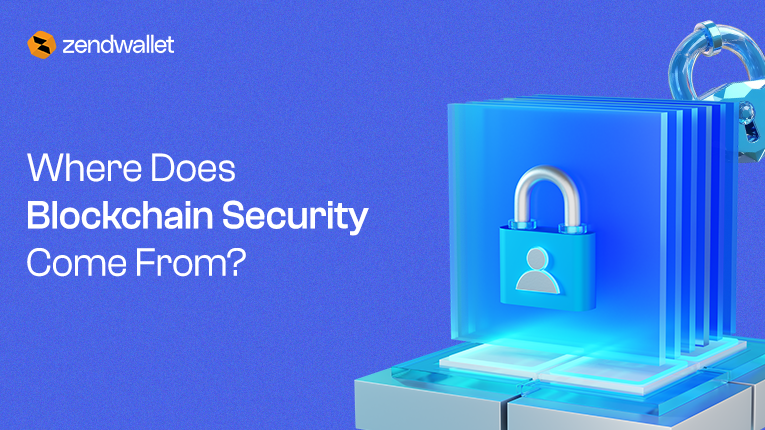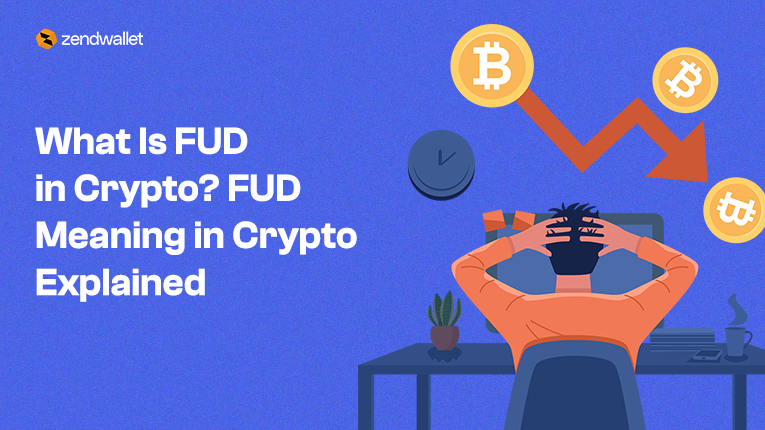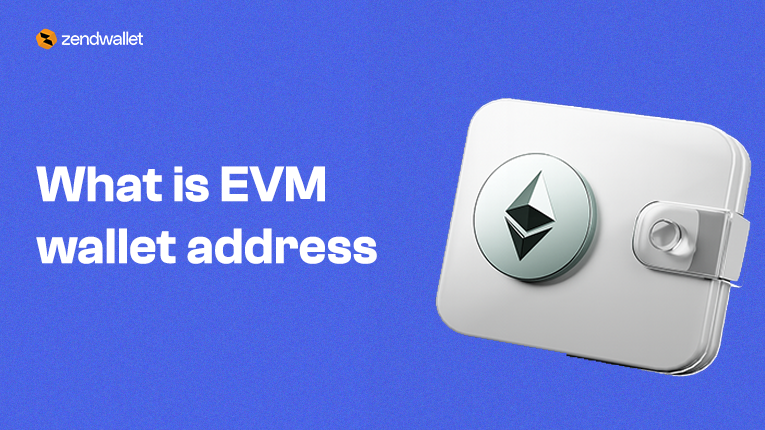Blockchain security is critical in ensuring digital transactions’ trustworthiness and safety.
It incorporates several layers of protection, designed to safeguard blockchain networks against attacks, unauthorized access, and fraudulent activities.
Blockchain security utilises cryptography, decentralisation, and consensus mechanisms to ensure data integrity, validate transactions, and enhance system resilience.
Blockchain security varies depending on its type whether public, private, permissionless, or permissioned.
As cyber threats evolve, blockchain systems must adapt and strengthen their defenses.
Proactive security measures have already resulted in a significant drop in illicit transactions by 65% as of mid-2023 demonstrating the increasing effectiveness of blockchain security practices.
In this article, we will break down how blockchain security works and Blockchain Security: Where Does Blockchain’s Security Come From?
You will also learn about the technologies and mechanisms that keep blockchain networks secure, including examples and visuals that help explain how and why these systems are so robust.
What Is Blockchain Security?
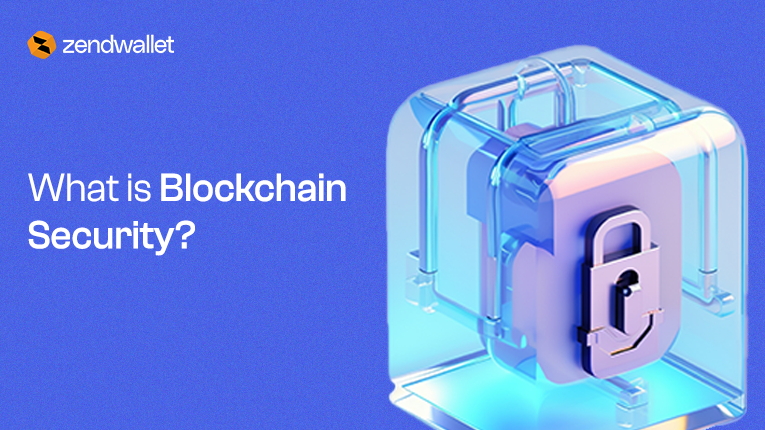
Blockchain security refers to the set of practices and technologies used to protect blockchain networks.
This ensures that transactions remain unaltered, participants can trust the data, and malicious actors are kept at bay.
Unlike centralized systems that rely on a single authority (like a bank), blockchain uses a decentralized model where control is distributed across many participants in the network.
Through encryption and consensus algorithms, blockchain makes it incredibly difficult for attackers to manipulate data or disrupt the system.
From public blockchains like Bitcoin to private enterprise networks like Hyperledger, blockchain security is built to ensure trust and transparency across the network. designed to keep the network trustworthy and transparent.
Exqmple – Bitcoin Network: The security of Bitcoin’s blockchain is supported by its decentralized nature. Thousands of independent miners validate transactions, ensuring the integrity of the system.
This openness prevents any single entity from having control over the network, making it highly resistant to tampering.
The Building Blocks of Blockchain Security : Where Does Blockchain’s Security Come From?

Blockchain Security: Where Does Blockchain’s Security Come From? Blockchain’s security comes from its foundational elements like cryptography, decentralization, consensus mechanisms, and immutability. Let’s break them down:
1. Cryptography
Cryptography is the backbone of blockchain security. It ensures that data is encrypted and secured in a way that makes it almost impossible for attackers to alter or access it.
How it works: Each transaction is encrypted using a cryptographic hash function. A cryptographic hash function takes data and converts it into a fixed-length string of characters. This makes it easy to spot any changes made to the transaction data.
Example:
Bitcoin’s SHA-256 Hashing: Bitcoin uses the SHA-256 cryptographic hash function to secure transactions. Any change in the transaction data would completely alter the hash, making it immediately obvious that the data has been tampered with.
2. Decentralization
One of blockchain’s most significant security advantages is decentralization. Unlike traditional systems that rely on a central authority (like a bank or government agency), blockchain is distributed across a network of nodes (computers).
Each node stores a copy of the blockchain, making it resistant to failure or attacks from any single point.
How it works: If one node in the network is compromised, other nodes continue to maintain the integrity of the blockchain.
For example, if someone tries to alter a Bitcoin transaction, they would have to change the data on every node in the network, which is nearly impossible due to the size and distribution of Bitcoin’s network.
Example:
Bitcoin Transaction Verification: When a user sends Bitcoin, the transaction is broadcast to all nodes in the network. Each node validates the transaction before it is recorded on the blockchain.
If any node were compromised, the network would still be secure because of the other honest nodes.
3. Consensus Mechanisms
Consensus mechanisms are algorithms used to ensure that all nodes in the network agree on the validity of transactions. These mechanisms prevent malicious actors from altering the blockchain or committing fraud.
How it works: Consensus algorithms validate transactions before they are added to the blockchain. The most common mechanisms are Proof-of-Work (PoW) and Proof-of-Stake (PoS).
Proof-of-Work (PoW):
In PoW, miners solve complex mathematical problems to validate transactions. This process requires a lot of computational power, which makes it expensive and difficult for attackers to manipulate the blockchain.
Example:
Bitcoin’s PoW: Bitcoin miners compete to solve a cryptographic puzzle. The first one to solve it gets to add a new block to the blockchain and is rewarded with Bitcoin.
Proof-of-Stake (PoS):
In PoS, participants (validators) lock up a certain amount of cryptocurrency as collateral. The more cryptocurrency they stake, the more likely they are to be chosen to validate the next block. PoS is more energy-efficient than PoW.
Example:
Ethereum 2.0 PoS Model: Ethereum’s upgrade to PoS (Ethereum 2.0) reduces energy consumption and offers faster transaction validation, while still maintaining the integrity and security of the network.
4. Immutability
Immutability refers to the ability of blockchain to prevent any alteration of recorded data. Once a block is added to the blockchain, it cannot be changed without altering every subsequent block, which would require an enormous amount of computing power.
How it works: Each block contains a hash of the previous block. Changing the contents of one block would change its hash, which would affect the hash of the next block, and so on.
Since all nodes hold copies of the blockchain, any tampered block would quickly be rejected by the network.
Example:
Bitcoin’s Immutability: If someone tried to alter a Bitcoin transaction, they would need to change every block after it, which would require more computing power than the entire Bitcoin network can provide.
How Blockchains Are Secured
Blockchain security involves a series of interconnected processes, each step adding layers of protection to ensure the integrity and trustworthiness of the system. Here’s a more detailed breakdown of how blockchain systems are secured:
1. Transaction Verification
When a user initiates a transaction on the blockchain, the first step is verification. Transactions are broadcast to the network where nodes (computers that participate in the blockchain) validate the transactions.
Proof-of-Work (PoW): In PoW systems (like Bitcoin), miners (participants who compete to solve mathematical puzzles) are responsible for verifying transactions.
They group unconfirmed transactions into a block and add it to the blockchain once they solve the cryptographic puzzle, proving that they have expended computational work to validate the transactions.
Proof-of-Stake (PoS): In PoS systems (like Ethereum 2.0), validators replace miners. Validators are chosen to verify transactions based on the amount of cryptocurrency they have staked (locked up as collateral).
Instead of competing to solve puzzles, they propose new blocks, which are then validated by other participants in the network.
Key Point: These verification processes ensure that the transactions are legitimate, without the need for a central authority to oversee them.
2. Block Creation
Once a transaction is validated, it needs to be added to the blockchain. This happens through block creation:
In PoW: After the verification of transactions, miners create a new block. They achieve this by solving a cryptographic puzzle known as a hash, which requires computational effort. Once the puzzle is solved, the miner is rewarded (usually with the cryptocurrency of the network) and the block is added to the blockchain.
In PoS: Validators propose new blocks based on their staked amount of cryptocurrency. After they validate the transactions in the block, other validators confirm that the block is correct and that the block’s creation was honest.
The block is then added to the blockchain, and validators are rewarded in proportion to their stake.
Key Point: The difficulty of creating a block varies by system, but the idea is that creating a block requires significant effort, making it costly for attackers to alter the blockchain.
3. Block Validation
Once a new block is created, it needs to be validated and added to the chain of blocks, ensuring the integrity of the data.
Immutability and Hashing: Each block is cryptographically linked to the previous block through a unique hash.
This is a cryptographic fingerprint of the data in the block. If even one piece of data in the block changes, the hash changes entirely.
The next block also contains a reference to this hash, making it virtually impossible to alter one block without changing every subsequent block.
This process is what makes blockchain immutable and tamper-resistant.
Key Point: Block validation helps maintain the integrity of the data by ensuring that no one can change a block once it’s added to the chain.
4. Decentralized Consensus
The decentralized nature of blockchain means there’s no central authority that controls the data. Instead, consensus mechanisms ensure that the participants of the blockchain network agree on the validity of the transactions and blocks.
Distributed Ledger: Every participant (node) maintains a copy of the blockchain, making it nearly impossible for one entity to corrupt the network.
If an attacker wants to alter a transaction, they would have to change the data on every copy of the blockchain across all nodes, which is nearly impossible due to the sheer size and distribution of the network.
Consensus Algorithms: PoW and PoS are two primary consensus algorithms used to ensure that all nodes on the network agree on the state of the blockchain.
In PoW, consensus is achieved through computational work, while in PoS, it’s through the agreement of validators. The consensus ensures that transactions are verified and recorded without central authority involvement.
Key Point: The decentralized consensus makes blockchain networks resilient to single-point failures and attacks, as no individual node or central authority controls the data.
5. Auditability and Transparency
Blockchain systems are built on the principles of transparency and auditability. Every transaction on a public blockchain is visible to everyone in the network, and all data is timestamped.
Transparency: Every transaction added to the blockchain is visible to participants, and everyone can verify the authenticity of transactions. This visibility makes it easy to track the movement of assets or data across the network.
Auditability: Since all transactions are recorded chronologically on the blockchain, anyone can audit the blockchain at any time.
For example, in Bitcoin, each user can verify the entire history of transactions, from the very first block to the most recent, to ensure that no fraudulent activity has taken place.
Key Point: Transparency and auditability ensure that participants can always verify the accuracy and legitimacy of the blockchain data, which enhances trust in the system.
Blockchain Types and Their Security Models
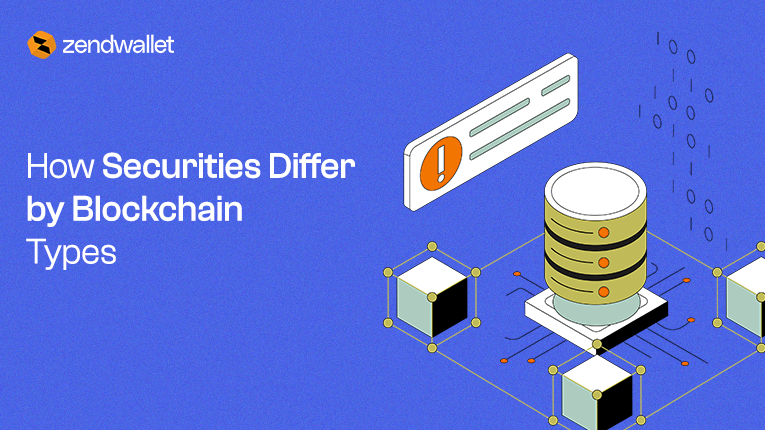
Blockchain security models differ depending on whether the blockchain is public or private. Let’s explore these differences:
1. Public Blockchains (e.g., Bitcoin)
Public blockchains are open and decentralized, meaning anyone can join the network, validate transactions, and view the data.
These blockchains rely heavily on the principles of decentralization, cryptography, and consensus mechanisms for security.
Security Model: In public blockchains, security is maintained through the large number of nodes and the openness of the network.
The more nodes there are, the more difficult it becomes for a malicious actor to alter the blockchain, as they would have to control more than 50% of the network’s mining power (51% attack) to manipulate transactions.
Pros: High transparency, immutability, and resistance to censorship.
Cons: Slower transaction speeds and higher energy consumption (particularly in PoW blockchains like Bitcoin).
2. Private Blockchains (e.g., Hyperledger Fabric)
Private blockchains are permissioned and usually controlled by a single entity or a group of trusted participants.
Access to the network is restricted, and only authorized participants can join, validate transactions, and access the data.
Security Model: In private blockchains, security is more controlled. Since access is restricted, the risk of attacks is reduced.
However, the smaller number of nodes can create a potential vulnerability, as fewer participants can be more easily manipulated.
Pros: Faster transaction speeds, more energy-efficient, and greater control over data access.
Cons: Less decentralized, as a single entity or a small group of participants control the network, making it potentially more vulnerable to insider threats.
Why Do Blockchains Require Security?
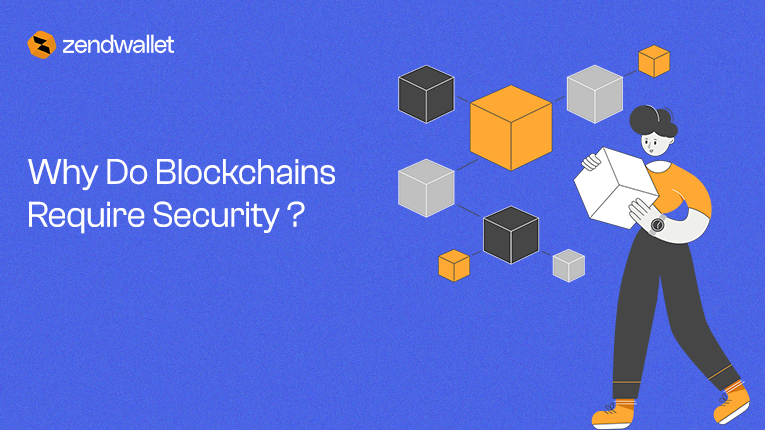
Blockchain networks require robust security measures to maintain the integrity of the system, protect user data, and prevent malicious activities.
Without proper security, the network becomes vulnerable to attacks that could compromise the entire system.
1. Fraud Prevention
Without proper security, malicious actors could manipulate the blockchain to commit fraud. For instance, they could try to double-spend digital currencies or alter transaction histories to defraud network participants.
Example: In Bitcoin, double-spending is prevented because the network requires consensus from many miners or validators before a transaction is considered valid and irreversible.
2. User Protection
Blockchain systems often use cryptographic keys (public and private keys) to ensure that only authorized users can access their data or execute transactions.
If these keys are compromised, users are at risk of losing control over their assets or data.
Phishing Attacks: Malicious actors may try to trick users into revealing their private keys or passwords through fake websites or emails.
Key Point: Proper user protection mechanisms, such as two-factor authentication and key management, are essential to preventing unauthorized access.
3. Malicious Nodes
Even in a decentralized system, it’s possible for an attacker to create malicious nodes that try to influence the network.
For example, they could try to conduct a Sybil attack where they create multiple fake nodes to gain control over the consensus process.
Key Point: While decentralization reduces the risk of attacks, it doesn’t eliminate the possibility of malicious behavior by individual actors.
Also Read: Can Blockchain Be Hacked?
Are Blockchains Vulnerable to Security Threats?
Despite their robust security features, blockchain networks can still face certain threats. Here are some of the potential vulnerabilities:
1. 51% Attack
In a 51% attack, a malicious actor gains control of more than 50% of the network’s mining power (in PoW) or stake (in PoS).
This gives them the ability to rewrite the blockchain’s history, reverse transactions, and potentially double-spend digital assets.
Example: In 2018, the Bitcoin Cash network was attacked by a group that managed to control over 50% of the network’s hash rate, temporarily causing chaos in transaction validation.
2. Sybil Attack
A Sybil attack occurs when an attacker creates multiple fake nodes to gain control over the network’s consensus process.
This can disrupt the validation of transactions and potentially manipulate the blockchain.
Example: In smaller, less decentralized networks, Sybil attacks can be more effective because the attacker doesn’t need to control the entire network, just a sufficient number of fake nodes.
3. Phishing Attacks
Phishing attacks target users and trick them into revealing their private keys or access credentials. Since private keys are the only way to sign transactions, their exposure can lead to the theft of assets.
Example: Phishing emails or fake websites that impersonate cryptocurrency exchanges are common tactics used to steal private keys.
Conclusion
Blockchain security is built on strong cryptographic methods, decentralization, consensus mechanisms, and the immutability of the data.
While it offers robust protection against fraud and unauthorized access, it’s important to understand that no system is entirely immune to attacks.
Blockchain systems are secure because of their distributed nature and reliance on cryptographic validation, but it’s essential for users and participants to remain vigilant against potential threats.
Public and private blockchains alike continue to evolve in security, offering a strong foundation for digital transactions.
Also Read: What is Blockchain Technology, And How Does it Work?
